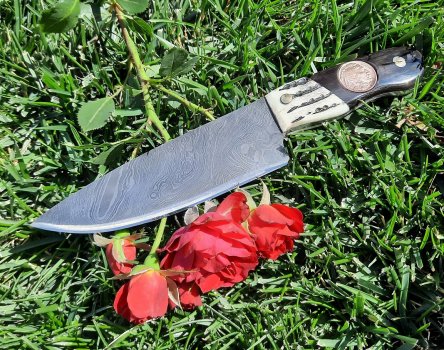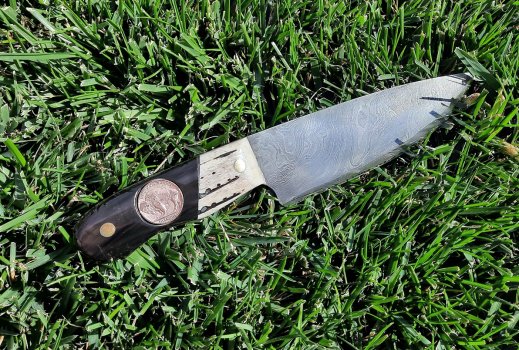You asked a very intelligent question.
The steels used should have similar/compatible elemental chemistry and heat treating process/expansion & contraction rates. Unfortunately this isn't always given enough consideration by some.
Damascus would be no better than its parent steels. I believe the modern and recent obsession with it is, as mentioned, for aesthetic reasons and for people to express their creativity.
Unfortunately, a problem that is way, WAY too common is that Damascus is seen as or pointed to by many as THE sign of craftsmanship and nothing else matters. Now just about everybody and their brother buys or makes a press and starts making Damascus. Sadly the vast majority couldn't make a decent knife to save their life. I believe this issue has existed for some time but I think 'Forged In Fire' has greatly exacerbated the problem.
Any maker that cares about his reputation and wants to avoid being a flash in the pan or "mediocre" at BEST, should have a really good grasp on fit, finish, clean lines, good proportions and nice grinds before scaling up to Damascus.
I've seen some pretty nice looking Damascus on REALLY crappy knives.


